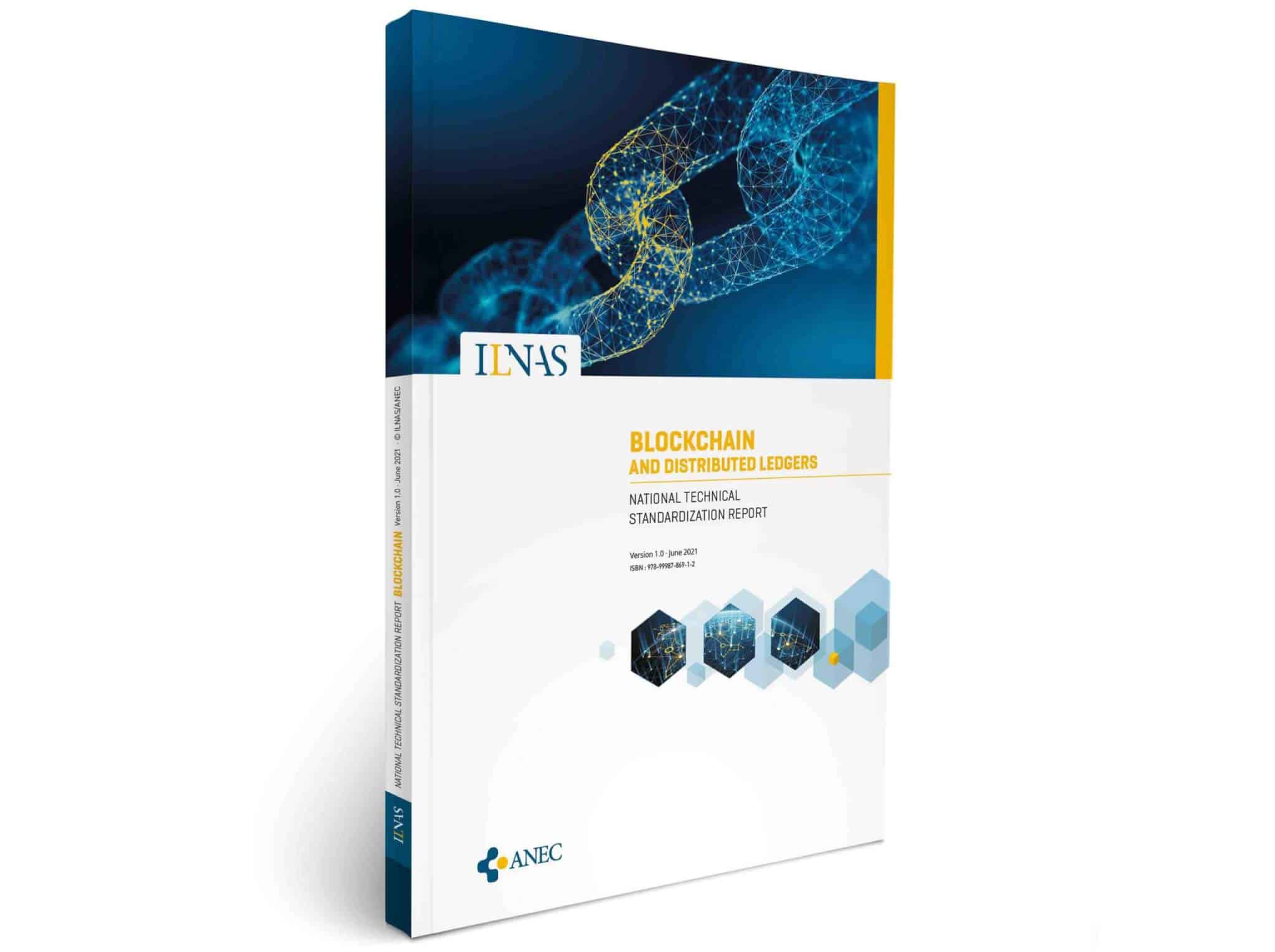Distributed ledgers, also known as blockchains, have enjoyed significant growth since their conceptualization in 2008. They are now considered in many areas (banking, supply chain, digital identification, public sector, etc.) as promising tools to help better distribute trust between players, and to simplify complex services. Thus, more and more efforts are being made to facilitate their adoption.
As examples, one can cite the ongoing deployment, by the European Union, of the European Blockchain Services Infrastructure, which aims to create services for EU citizens, or the development of regulations in Luxembourg, taking into account blockchains in the management of financial instruments.
Technical standardization also plays a role in the adoption of this new technology, by helping to stabilize it, establish good technical and organizational practices, and document the state of the art. As part of the Luxembourg Standardization Strategy 2020-2030 and the Policy on ICT technical standardization 2020-2025, the Institut Luxembourgeois de la Normalisation, de l’Accréditation, de la Sécurité et qualité des produits et services (ILNAS) actively follows the progress of blockchain standards, in order to inform the national market and encourage its participation in the development of the field’s future standards. In this context, ILNAS is releasing a new National Technical Standardization Report “Blockchain and Distributed Ledgers”.
This report provides national actors with an overview of the distributed ledger normative landscape and highlights the opportunities available to them to get involved in technical standardization. It consists of four chapters:
- A presentation of basic blockchain concepts. This chapter provides an understanding of different blockchain consensus mechanisms, and how smart contracts work.
- A sketch of existing platforms. This part of the report describes various major blockchain platforms, specifying their unique characteristics as well as their intended use.
- A glimpse of initiatives, especially European ones, and applications. This chapter shows some of the main European initiatives and looks into the Luxembourg blockchain ecosystem. It also presents use cases of this technology from different industries.
- A description of the current state of technical standardization. This last chapter provides an inventory of the main standardization work in the field of distributed ledgers. It also allows the national market to understand how to get involved in the drafting of these projects.
This publication aims to raise awareness among national blockchain stakeholders about the relevant technical standardization work helping to guide future developments in this area. ILNAS wishes to encourage the national market to take technical standardization activities at the European and international levels into consideration, whether by applying existing standards or contributing to their development by becoming a national delegate in standardization.
The National Technical Standardization report “Blockchain and Distributed Ledgers” is available online. For any questions or comments relating to this document, ILNAS may be contacted directly at the following address.
